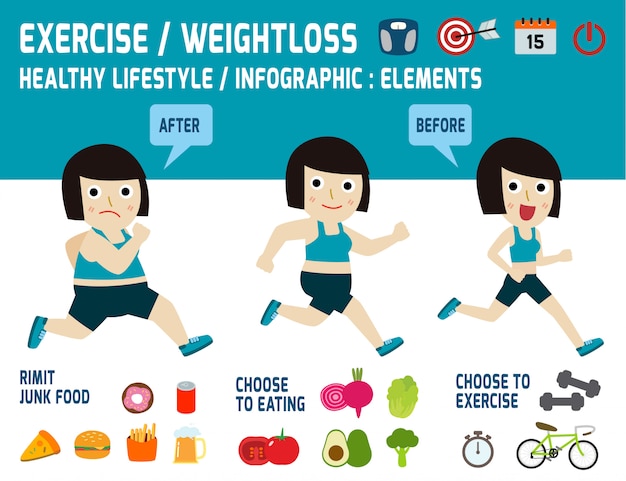Exploring The Benefits Of Cold Laser Therapy In Pain Management
Exploring The Benefits Of Cold Laser Therapy In Pain Management
Blog Article
Scientific Research Study on the Effectiveness of Cold Laser Method
Cold laser therapy is a helpful device to aid in pain administration and the healing process. It is frequently used in sports medicine, dermatology and acupuncture.
Cold lasers permeate deep into tissues and advertise chemical modifications without warming them. They minimize inflammation and swelling, speed mobile activity and increase healing.
Academic Background
Unlike the high-intensity lasers that surgeons use to puncture tissue, cool laser therapy makes use of light-emitting diodes to pass through into your skin and advertise recovery. As these photons get to broken cells, they launch a domino effect that enhances your cells' manufacturing of enzymes and accelerates your body's natural healing processes.
The photons likewise lower discomfort with the production of endorphins and increase your body's ability to drain pipes swollen locations by generating vasodilation (the growth of blood vessels). As a result, it helps you recoup from bone and joint injuries and discomfort more quickly.
Lots of people have actually read about chilly laser therapy from their physical therapist, chiropractic practitioner or doctor and may be asking yourself exactly how it functions. Unlike a lot of laser gadgets utilized in the medical area, which in fact warm up tissue, our state-of-the-art tools sends out chilly laser light beams that don't create any type of heating of your cells. This allows your body to obtain the restorative benefits without activating any type of side effects.
Professional Trials
Cold laser therapy is usually recommended as a treatment choice for patients who have bone and joint discomfort and injuries. It can be used to minimize swelling, reinforce tissues and speed up the body's all-natural recovery processes.
Non-thermal photons of red and infrared laser radiation are absorbed by the light delicate elements in cells and launch an increase in intracellular metabolic process that raises cell recreation, reduces inflammation, gets rid of edema and reduces recovery time.
Unlike the light that is generated by sunlight or basic lights, laser light is parallel (all wavelengths traveling parallel), systematic and single. These residential or commercial properties enable laser energy to permeate much deeper right into the cells.
Several clinical trials have shown that LLLT can be efficient in minimizing discomfort in the bone and joint system. However, even more properly designed researches are required to evaluate the optimal settings for laser irradiation and to determine its effectiveness in certain problems, such as dental mucositis in cancer cells people receiving chemotherapy or radiotherapy, and wound healing (including diabetic person abscess adhering to hammertoe surgical procedure). This Aetna plan bulletin does not deal with other uses of LLLT, including the treatment of numerous skin diseases.
Verdicts
Unlike medical lasers that can damage lumps or coagulate cells, chilly laser therapy does not heat the body's cells. Instead, the light stimulates your cells to generate adenosine triphosphate, which quickens the fixing procedure of damaged tissues.
Aetna takes into consideration low-level laser (LLL) therapy medically needed for the avoidance of dental mucositis associated with cancer treatment (chemotherapy, radiation treatment, hematopoietic stem cell hair transplant) and non-cancer treatments (such as radiodermal injury, fibromyalgia). Several research studies showed that LLT can be efficient in minimizing PU signs without damaging results. Nonetheless, distinctions in research study designs and laser dosimetry made contrast of the outcomes challenging; RCTs with low threat of prejudice are required. Using a 660 nm wavelength and higher power thickness appears to be more reliable than the other studied laser wavelengths. This could be because the various other wavelengths may stimulate inflammatory procedures and trigger more negative effects. The result of the type of laser made use of is likewise essential; the writers recommend that future research concentrate on examining different sorts of lasers and their doses to identify the optimum mix of laser parameters for PU avoidance.
Recommendations
Cold laser therapy is utilized by dental experts to treat swollen gum cells, physicians to ease discomfort caused by rheumatoid joint inflammation, quit smoking and physical therapists to speed up the healing of muscular tissue, tendon, and tendon injuries. Numerous clinical insurance coverage strategies cover this treatment.
Unlike warm lasers, which have a thermal effect on cells, chilly lasers (additionally called low-level lasers) promote the mobile energy of the skin. Photons from the laser light pass through into the cell, causing a series of chemical adjustments that promotes regrowth and decreases inflammation.
In order to work, lasers should be effectively setup and made use of. This is why it is not recommended to acquire an affordable over the counter laser tool and try to treat on your own at home. An experienced specialist is called for to guarantee that the tool is used properly to minimize the danger of eye injury and optimize its effectiveness. The laser gadget have to be adjusted to the right setup, intensity, frequency, and placement of the laser on the treatment location.